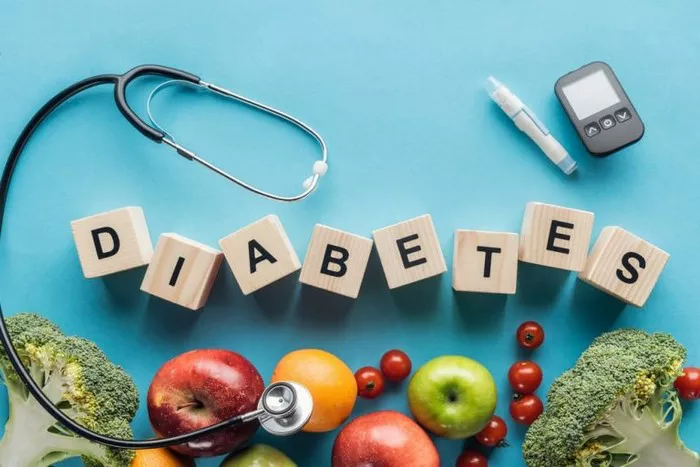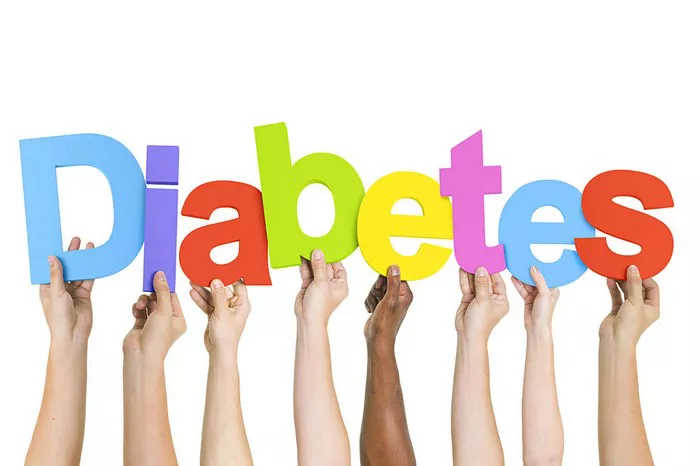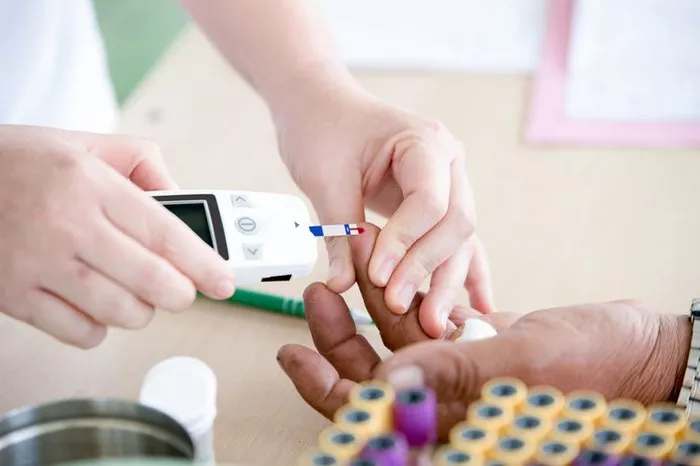Diabetes mellitus is a chronic metabolic disorder characterized by elevated blood glucose levels due to impaired insulin secretion, insulin action, or both. Effective management of diabetes aims to achieve and maintain near-normal blood glucose levels to prevent complications and improve quality of life for individuals with the condition. Continuous Subcutaneous Insulin Infusion (CSII), also known as insulin pump therapy, represents a sophisticated approach to insulin delivery that offers several advantages over traditional insulin injection regimens. This article explores the principles, benefits, considerations, and advancements in CSII therapy, providing an in-depth understanding of its role in diabetes management.
Introduction to CSII Therapy
Continuous Subcutaneous Insulin Infusion (CSII) therapy involves the continuous delivery of rapid-acting insulin subcutaneously through an insulin pump. Unlike multiple daily injections (MDI), where insulin is administered manually several times a day, CSII provides a continuous basal rate of insulin throughout the day and allows for precise bolus doses before meals. This method closely mimics the physiological insulin secretion pattern seen in individuals without diabetes, offering greater flexibility and potentially improved glycemic control.
Components of CSII
Insulin Pump: The core component of CSII is the insulin pump, a small, programmable device about the size of a pager or smartphone. The pump contains:
- A reservoir for insulin
- A battery-powered pump mechanism
- Buttons or touch screen for programming
- Interfaces for insulin infusion tubing and cannula insertion
Infusion Set: The infusion set consists of:
- Tubing that connects the insulin pump to the infusion site
- A cannula or needle that is inserted subcutaneously (usually into the abdomen) and remains in place for several days
Continuous Glucose Monitoring (CGM): Some advanced insulin pumps integrate with CGM systems, providing real-time glucose readings to guide insulin delivery adjustments. This combination of CSII with CGM is often referred to as sensor-augmented pump therapy (SAP) or hybrid closed-loop systems.
Mechanism of Action
CSII therapy operates on the principles of delivering insulin in two primary modes:
- Basal Insulin Delivery: The insulin pump administers a continuous low dose of rapid-acting insulin (basal rate) throughout the day and night. This basal rate aims to maintain stable blood glucose levels between meals and overnight, compensating for the liver’s glucose output and daily fluctuations in insulin requirements.
- Bolus Insulin Delivery: Before meals or to correct high blood glucose levels, the user programs the pump to deliver a bolus dose of insulin. Bolus doses can be calculated based on factors such as carbohydrate intake, current blood glucose levels, and anticipated physical activity.
Advantages of CSII Therapy
Improved Glycemic Control: CSII therapy offers the potential for tighter glycemic control compared to MDI, as basal rates can be adjusted in small increments to match individual insulin requirements throughout the day.
Flexibility and Convenience: Users can adjust basal rates and administer bolus doses without the need for multiple injections, enhancing convenience and lifestyle flexibility.
Reduced Hypoglycemia Risk: By providing precise insulin delivery tailored to individual needs, CSII therapy may reduce the risk of hypoglycemia compared to traditional insulin injection regimens.
Dosing Accuracy: Insulin pumps can deliver very small increments of insulin, allowing for precise dosing adjustments that may be challenging with manual injections.
Enhanced Quality of Life: Many individuals find CSII therapy less intrusive than multiple daily injections, leading to improved treatment adherence and overall quality of life.
Considerations for CSII Therapy
While CSII therapy offers numerous benefits, there are several considerations and challenges to be aware of:
Cost and Accessibility: Insulin pumps and associated supplies can be costly, and access to CSII therapy may vary depending on healthcare coverage and resources.
Technical Skills and Education: Proper training and ongoing education are essential for successful pump use, including pump programming, infusion site management, and troubleshooting.
Infusion Site Management: Users must rotate infusion sites regularly to prevent lipohypertrophy (thickened skin and fat tissue) and ensure consistent insulin absorption.
Device Maintenance: Insulin pumps require regular maintenance, including changing infusion sets and reservoirs every few days, as well as monitoring battery life and pump functionality.
Integration with CGM Systems: While integrating CGM with CSII can enhance glycemic control, users must be familiar with interpreting CGM data and making insulin dose adjustments based on real-time glucose readings.
Initiating CSII Therapy
The process of starting CSII therapy typically involves several steps:
Evaluation and Eligibility: Healthcare providers assess the patient’s diabetes management goals, current insulin regimen, and suitability for pump therapy based on medical history and lifestyle factors.
Education and Training: Comprehensive education and training are provided to the patient and caregivers on pump operation, insulin delivery techniques, infusion site management, and troubleshooting.
Initiation and Titration: The healthcare team initiates the pump therapy with basal rate settings and insulin-to-carbohydrate ratios tailored to the individual’s needs. Basal rates and bolus doses are adjusted based on frequent blood glucose monitoring and clinical evaluations.
Follow-up and Support: Ongoing support, follow-up visits, and access to diabetes educators and pump specialists are crucial for optimizing pump settings, addressing challenges, and ensuring patient satisfaction and safety.
Advances in CSII Technology
Recent advancements in insulin pump technology have focused on enhancing usability, integration with CGM systems, and automating insulin delivery to improve glycemic outcomes:
Hybrid Closed-Loop Systems: Also known as artificial pancreas systems, these devices automatically adjust basal insulin delivery based on real-time CGM readings, reducing the burden of diabetes management.
Smart Insulin Pumps: These pumps incorporate predictive algorithms and user-friendly interfaces to anticipate glucose trends and recommend insulin dose adjustments.
Remote Monitoring and Connectivity: Some modern insulin pumps offer remote monitoring capabilities, allowing healthcare providers to review patient data and provide virtual support for diabetes management.
Integration with Mobile Devices: Insulin pumps with smartphone apps enable users to monitor glucose levels, administer insulin doses, and share data with caregivers or healthcare providers via mobile platforms.
See also: 3 Most Common Symptoms of Undiagnosed Type 1 Diabetes
Conclusion
Continuous Subcutaneous Insulin Infusion (CSII) therapy represents a significant advancement in diabetes management, offering personalized insulin delivery with enhanced flexibility, precision, and potential for improved glycemic control compared to traditional insulin injection regimens. By delivering basal insulin continuously and allowing for precise bolus doses, CSII therapy helps individuals with diabetes achieve near-normal blood glucose levels while minimizing the risk of hypoglycemia and improving quality of life. Ongoing technological advancements in insulin pump technology, including integration with CGM systems and development of closed-loop systems, continue to revolutionize diabetes care by optimizing treatment outcomes and supporting patient self-management. As healthcare providers and researchers strive to enhance the safety, accessibility, and effectiveness of CSII therapy, the future holds promise for further improving diabetes management and empowering individuals to live well with diabetes.
Related topics:
What’s the Mechanisms and Pathophysiology of Type 1 Diabetes
What’s the Most Common Urinary Symptom in Diabetes Mellitus
What’s the Cause and Implication Late of Onset Type 1 Diabetes



























